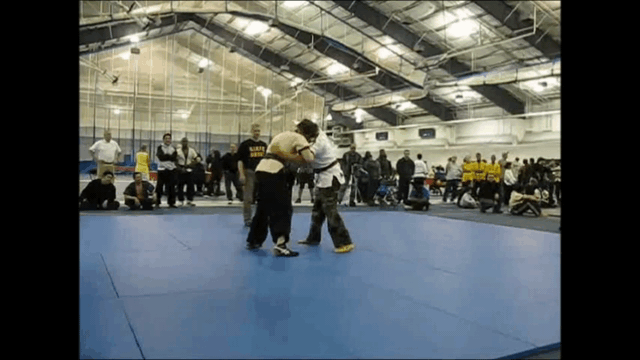Yes, but in this situation, it is his training partner, where they are working on skill development. Are at least, they're supposed to be.I don't understand here.
If you use me as your
- training partner (skill development), I'll let you to do anything that you want to do. I'll be just your training dummy and I will not fight back.
- testing partner (skill testing), I'll try to defeat you and I'll not let you win.
This is skill development.
This is skill testing.
In skill testing, a high-level belt defeats his low-level belt opponent 5-0. Is this not true in BJJ?
Also, the belt rank difference here is not white belt vs. black belt, or high level vs low level. It's low belt vs. slightly less low belt (only one belt difference). I'd be hard pressed to find a martial art where someone one belt up beats someone a belt below them every single time.

